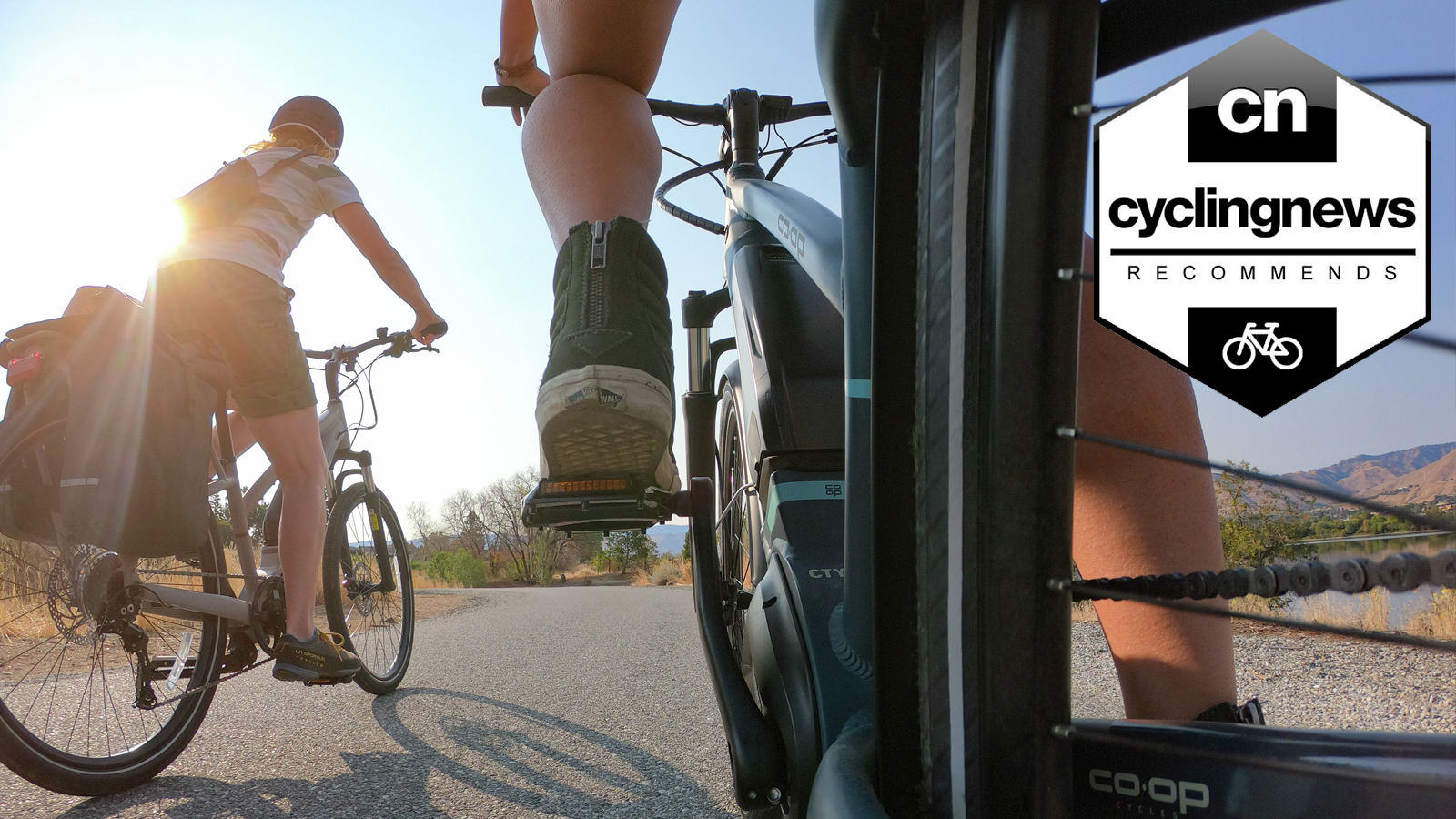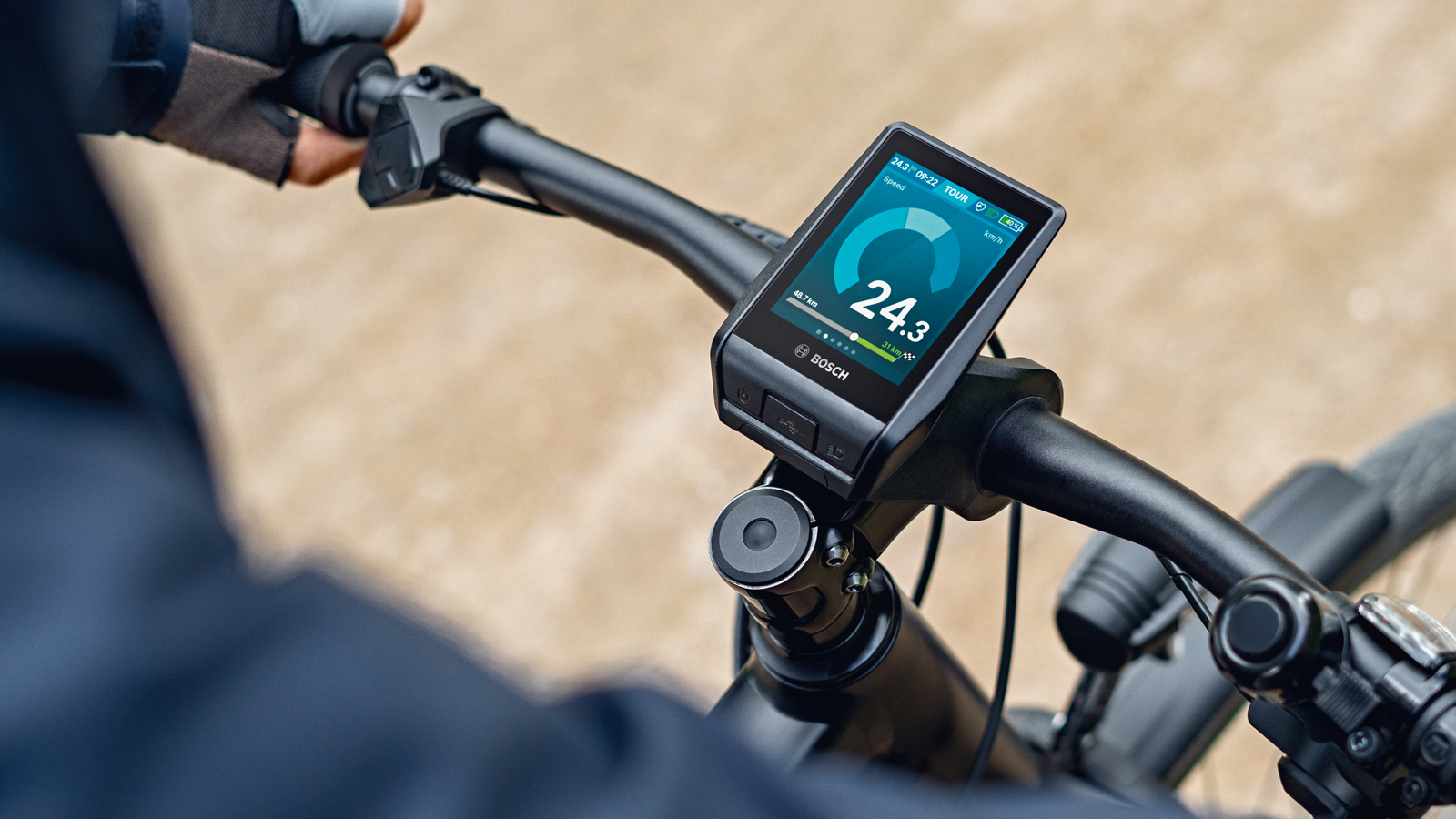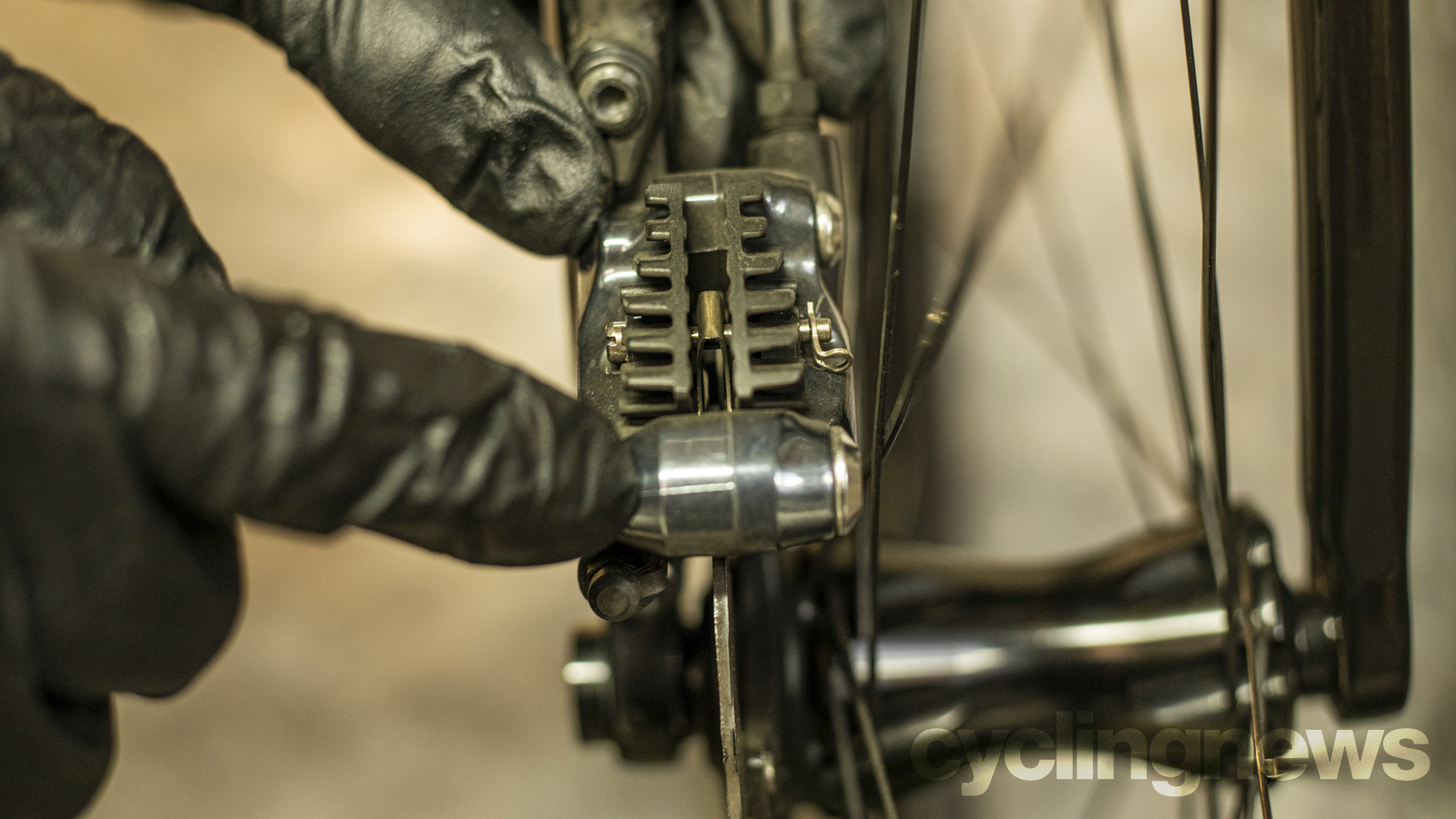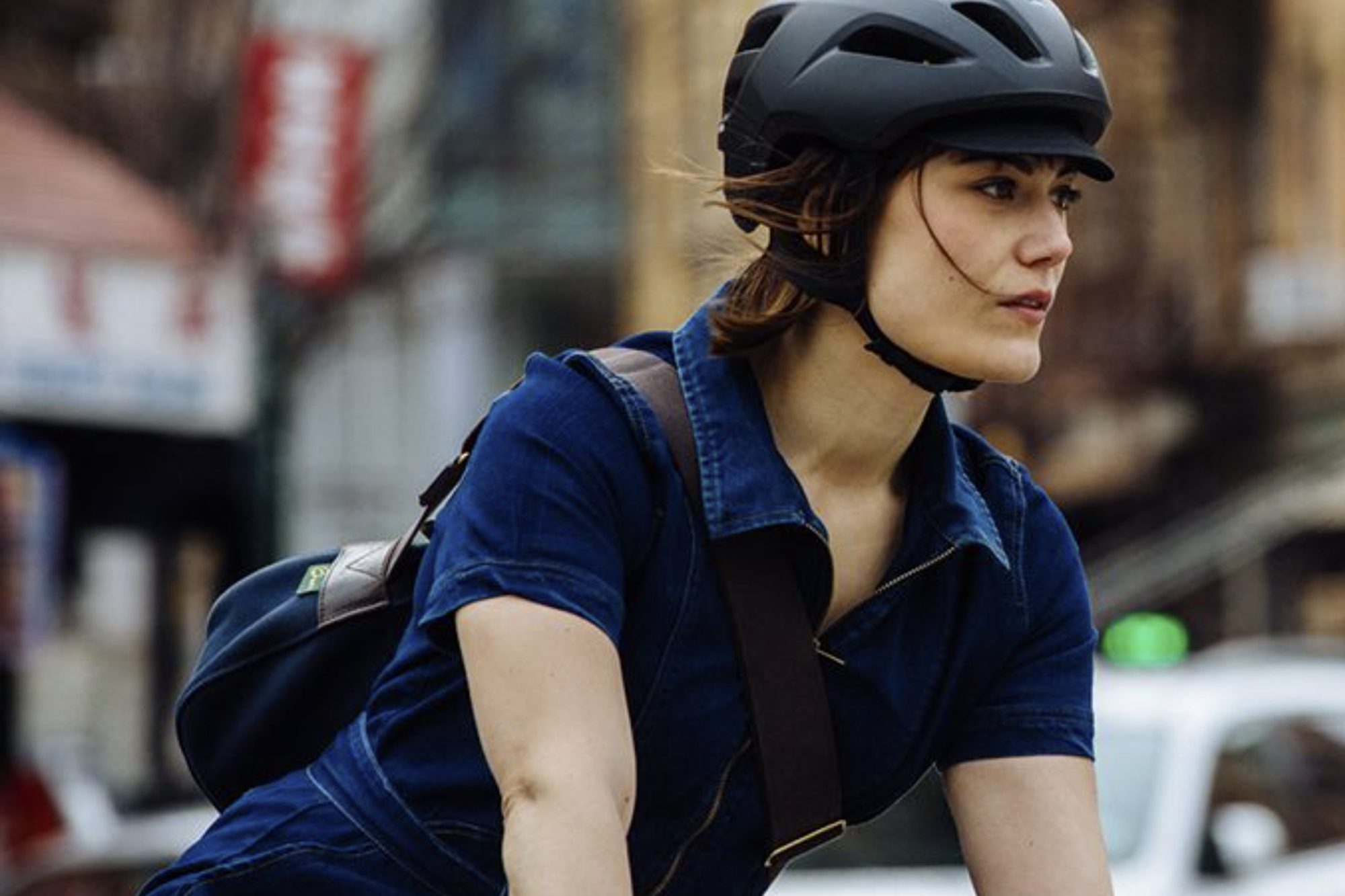How to ride an electric bike: the things you haven't thought about but should
There are plenty of things to note when considering how to ride an electric bike. Here are some top tips to keep you safe and having fun when riding an e-bike for the first time

Riding a bike is fun. Riding an electric bike is also fun. But despite their obvious similarities, riding an electric bike can provide a somewhat different experience to that of a normal bike, by virtue of the pedal-assist nature and, of course, its electric motor. As a result, you may have wondered how to ride an electric bike.
Riding a bike, electric or not, is great for your health and the health of the planet, and there are few things in this world that can be both fun and impactful in such a dramatic way.
In the US less than one per cent of trips taken happen with a bike. According to a recent paper from the University of Wisconsin-Madison even turning that number into a modest six per cent would be a win. It estimates that at six per cent of trips there would be 28,000 fewer cases of cardiovascular disease and 22,000 fewer cases of diabetes per year. That same paper claims that if the US got metropolitan trips by bike up to 15 per cent it could mean 40,000 fewer deaths per year.
Those numbers are huge, and they don't even touch on the claims for climate. If bike trips displace car trips, the benefits are equally huge. You get to be a part of this change by simply making a choice that's fun, and the vast improvements made to the best electric bikes over recent years mean that making the choice to replace car trips is easier than ever before.
Electric bikes are bikes, but they do have some differences. It's a big purchase and a new experience. It's worth making that choice, but you want to stay safe while having fun, getting healthy, and saving the planet. Keep reading for some tips on how to ride an electric bike.
Start slow

Riding an electric bike is a different experience because of the speeds involved. Not everyone who rides a bike regularly spends time riding at the speeds electric bikes are capable of. This is especially true in the US where class III bikes are capable of 26mph, but this is also true at speeds lower than you might expect. Even if you are riding at speeds you feel comfortable with, it's one thing to work very hard and get going fast, but it's a very different feeling to have a motor pull you up to speed quickly with very little work on your part.
Different kinds of bikes have different solutions for delivering the power. Start by reading about what to expect. Some electric bikes feel a lot like regular bikes. Torque-based sensors tend to deliver this more natural feeling. If that's the kind of bike you have it's still a good idea to start at a low assistance level, so you can expect an experience not too different from what you know.
Get The Leadout Newsletter
The latest race content, interviews, features, reviews and expert buying guides, direct to your inbox!
If you have a cadence-based system, that's when more care is especially important. Some cadence-based assist systems will pull you up to speed as soon as you start to turn the pedals. This is the easiest to ride in terms of physical effort, but it takes the most getting used to. A low assistance level, on flat ground, could mean around 12mph/20kph, and you will get to that speed very quickly.
It's a good idea to start in a flat, open, area. Electric bikes are heavier and switching gears while not riding is more difficult because of that weight. If you can do it though, pick up the rear of the bike and turn the pedals a few times while shifting to an easy gear. Start out without assistance at all. Get the bike moving and when you feel steady and comfortable turn on the assistance. This process will help you feel in control as the assistance kicks in.
However, it also might not be possible to shift gears and start riding without the electric assist, because of the weight of an electric bike. If you need the electric assist to get started, go ahead and use it. Be aware of the direction of the bike. Make sure it's clear, and you are going to be able to concentrate on riding. Make sure the electric assist is in the lowest setting and that you know where the brakes are. Also, make sure you know which is the front brake and the rear brake.
Check out our guides about the best electric bikes below: Spend some time checking out each one and considering what sounds right for you.
- Best electric bikes: Assisted bikes for road, gravel, commuting and more
- Best electric road bikes: Ride faster and further for less effort
- Best electric gravel bikes: our pick of the best bikes for assisted off-road adventures
- Best electric bikes for commuting: Power up your ride to work
- Best folding electric bikes: Pedal-assisted folding e-bikes to simplify your commute
- Best women’s electric bikes: E-bikes for road, gravel, commuting and more
Understand your brakes

Electric bikes are heavy compared to non-electric bikes. That weight combined with higher speeds makes braking something to really concentrate on. You want to make sure you have an understanding of how the brakes on your bike feel and which brake lever does what.
One of the first things to understand with a new electric bike is what kind of brakes you have. It's actually a good thing to look for when shopping but definitely once you have the bike take a look. Mechanical disc brakes stop because of a cable pulling the callipers closed. There is a physical connection between the brake lever and the harder you pull, the stronger the braking power. If you have hydraulic disc brakes the only connection between the lever and the caliper is fluid.
Once you have an understanding of the brakes it’s time to check the setup. Without the bike moving, pull the brake lever. The lever should engage the calliper before it reaches the handlebar. Does the engagement happen in a place that leaves room for a light touch when you want to just slow down a little? Does it also feel comfortable to pull hard in case you need to stop in a hurry? If things don't feel just right, open the manual and look for how to make adjustments, or take it to your local bike shop.
The next thing to check is which lever is for the front wheel and which is for the rear. You never want to use only the front lever and the strongest braking will come from using both brakes together. With less aggressive braking it's okay to use only the rear brake but make sure you know which lever controls which brake.
Once you start riding you will want to listen for the brake pad rubbing against the disc rotor, and if there is rubbing, you may need to adjust the distance between the pads and the rotor, or the alignment of the calliper. It's also possible that the brake rotor got bent in shipping. To check for a bent rotor, spin the wheel while focusing on one spot on the brake rotor. If there's a wobble then you will need to straighten it or replace it.
- Read more about how to adjust disc brakes on a bike
Beyond the intricacies of understanding your brakes, and making sure they work, there are some electric bike specifics to consider. A heavy bike going faster takes longer to slow down. Make sure you consider the extra time you might need when bringing your electric bike to a stop. It's a good idea to spend a bit of time practising before getting out into traffic.
If you are on a budget, there are fewer options that have hydraulic disc brakes. They do exist though, and you can find them in our price-based buyer’s guides.
Be extra careful around cars

Automotive traffic is an issue on any kind of bike but on an electric bike, it can be an even bigger problem. Drivers have a certain expectation about bikes and electric bikes change the equation. It's a challenge that fast-moving road cyclists also run into, but electric bikes exaggerate it even more.
Drivers make choices based on how long they think it should take a bike to do something. Should a driver wait for a cyclist to pass before turning across a bike lane? Of course, but when they incorrectly guess at speed, they often make unsafe choices. Electric bikes exaggerate this by being faster than other cyclists but also because of a mismatch of visual cues.
Drivers misjudge road cyclist speeds all the time and that's the best of circumstances. A road cyclist on a bike with deep wheels in form fitting clothes is giving extra visual cues that they are moving quickly. Someone on a flat-bar electric bike might easily be moving faster while at the same time not looking like it. An upright posture, casual clothes, and easy pedalling don't make drivers look for speed. None of this is the fault of the cyclist but be aware and you are more likely to stay safe.
The advice is going to be the same no matter what kind of bike you are on. If you are riding with traffic then make sure you anticipate drivers not seeing you, or giving you the required space. It's not how it should be, but it is how it is.
One way to help keep yourself safe is with a quality helmet. Take a look at our guides to help you find the perfect option for you.
- Best electric bike helmets: protect your head with a quality e-bike lid
- Best commuter helmets: safe and stylish helmets designed for the city streets
- Best road bike helmets: Our favourite helmets ridden and rated
- Cheap bike helmets: Today's best deals and budget cycling helmets
- Best women's bike helmets
Josh hails from the Pacific Northwest of the United States but would prefer riding through the desert than the rain. He will happily talk for hours about the minutiae of cycling tech but also has an understanding that most people just want things to work. He is a road cyclist at heart and doesn't care much if those roads are paved, dirt, or digital. Although he rarely races, if you ask him to ride from sunrise to sunset the answer will be yes. Height: 5'9" Weight: 140 lb. Rides: Salsa Warbird, Cannondale CAAD9, Enve Melee, Look 795 Blade RS, Priority Continuum Onyx
